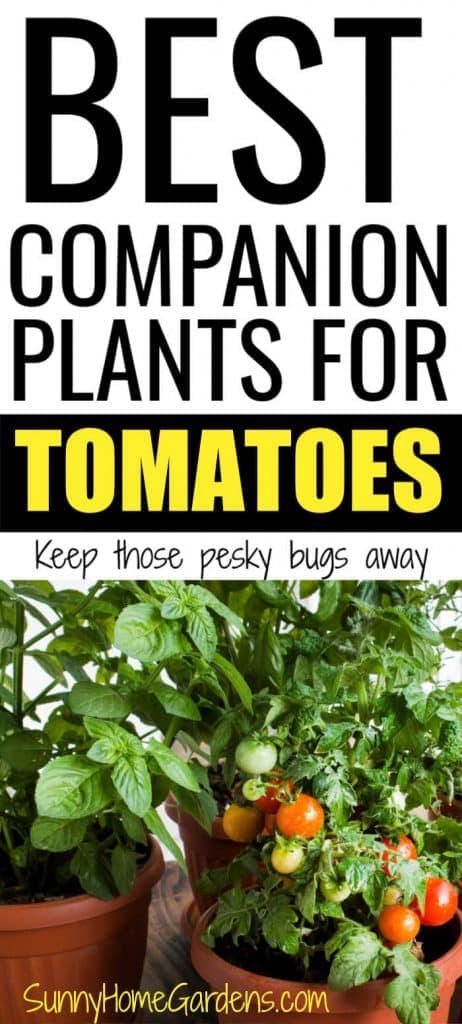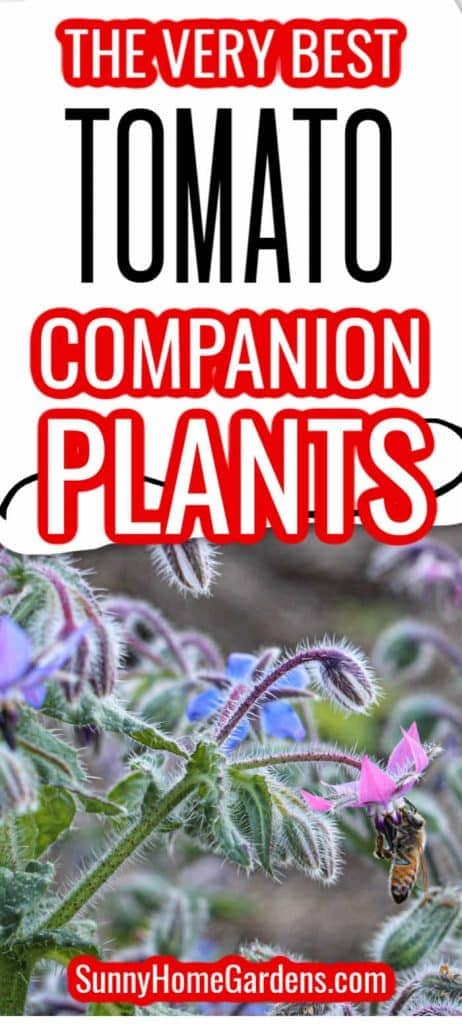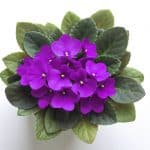Summer is just around the corner, and it is time to start thinking of planting your garden.
Which crop will you introduce to another to make friends?
While this seems odd to say, many plants thrive off other plants. Whether it is fruits, vegetables, or flowers, there are generally a few companions for various types of plants.
You may wonder what a companion plant is. These are plants that will work well together to bring out the best in another plant. Such as marigolds used to keep away certain pests or basic planted near tomatoes to enhance the flavor of tomatoes.
This technique is used by many gardeners to grow the best fruits, vegetables, and flowers. Using this strategy allows plants to improve their growth, helps with pest control, provides habitats for insects that are beneficial, maximizes space, and increases the productivity of the crop.
One crop that has many companion plants to choose from are tomatoes.
Sometimes gardeners have trouble with the disease in tomatoes, while others may see pesky bugs that eat away at their plants. Through the use of companion plants, you can see a decrease in these while seeing an increase in growth.
While certain plants, such as basil, mint, and sage help tomatoes prosper, others such as fennel, cabbage, and broccoli inhibit a tomato plant growth.
There are many pests that love to feast on the tomato crop. These include beetles, cutworms, aphids, whiteflies, tomato fruit worms, and more. Instead of turning to pesticides that are loaded with chemicals, you can plant your crop by various companion plants to assist them in growing better.
If you are ready to slap a fat, juicy beefsteak tomato onto a burger or your BLT, toss cherry tomatoes onto your salad, or use cocktail tomatoes for a pasta sauce, keep reading to find out the best companion plants for your tomatoes.
Table of Contents
Companion Planting
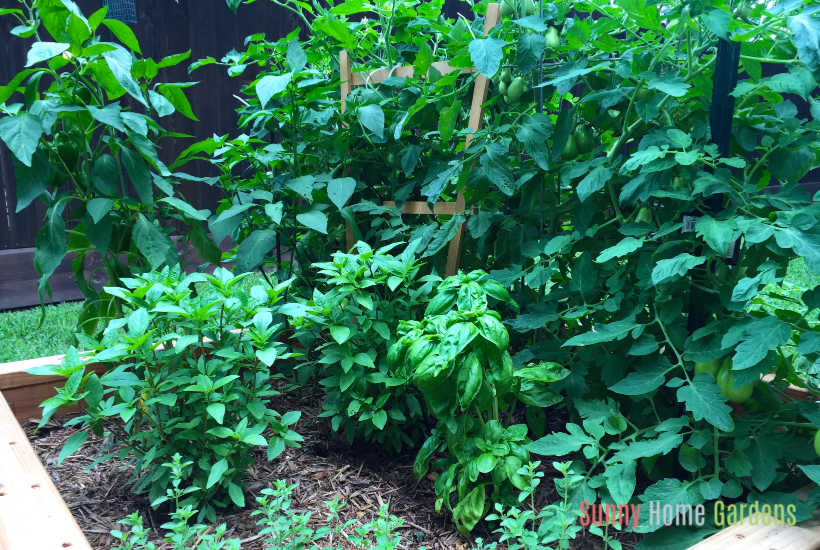
Companion planting is not a new fad. In fact, it has been around for years!
Did you know that the Native Americans did this with their crops?
They planted corn, beans, and squash together, referring to it as the Three Sisters Method.
Many use this method today to have plant diversity. Some will refer to it as intercropping.
Whatever term you use, it makes complete sense to utilize this technique.
Companion planting can combine two or more crops together, planting them in the same row, alternating between them. Through this buddy system, the plants help to protect each other so they can thrive better.
Companion Plants for Tomatoes
Amaranth

Amaranth is a great companion plant for tomatoes.
This gorgeous plant can help ward off insects.
Amaranth can be used as a grain when the seeds are used. If allowed to grow, the leaves will become edible and are similar to spinach. The plant itself is stunning colorwise and looks great in a garden!
Asparagus
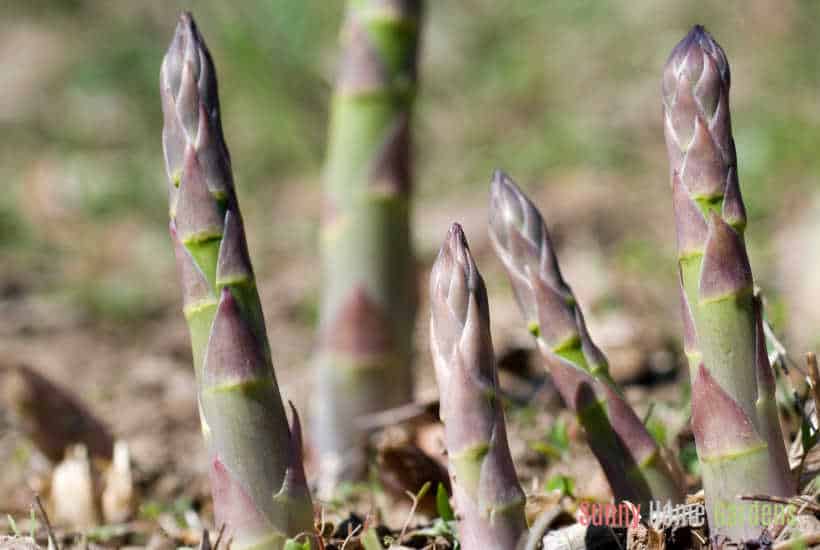
Asparagus is an amazing vegetable to plant in any garden.
This perennial vegetable does take about 3 years to yield anything from it, but once planted, it can produce for 20 years or more.
Asparagus is a great companion to your juicy tomatoes because it contains a chemical that will stop nematodes from eating the roots of tomato plants, while the tomato plant protects the asparagus from other pests in the garden.
Basil

Basil should be planted next to tomato plants because not only can it repel insects, but it will help with disease. Flies, fruit flies, and mosquitoes will be a thing of the past when you plant these two next to each other.
The size of your tomatoes, along with the flavor, will improve as well, when you plant this delicious herb next to your tomatoes.
Borage

If you are looking for a plant that not only improves the flavor but also the growth of your tomatoes, borage is the answer.
Borage is a gorgeous plant that many gardeners use to repel tomato worms. This plant is also known to attract bees and other pollinators to your garden.
Many people find that borage is a great way to add flavor to dips, appetizers, soups, and more. It has a taste similar to cucumber and is very refreshing in summery drinks. This herb is an ornamental flower as well.
This plant is perfect for keeping pests away as it has very scratchy leaves.
Calendula (pot marigold)

Calendulas are probably the most common companion plant for tomatoes.
These bright colored flowers love the full sun just like tomatoes do.
By planting marigolds in between your tomato plants, you can increase pollination by attracting pollinators to your garden.
This plant should not be mixed up with marigolds, as the two are very different from each other. However, marigolds are great friends for the tomato plant as well
Marigolds

Marigolds and tomatoes are great to plant near each other.
They both have similar growing conditions. And these pretty red, orange, and yellow flowers protect the tomato plant from bullies such as nematodes that are found in the soil. These nematodes are known for eating away at the roots of the tomatoes.
Carrots

Carrots will aerate the soil for the tomatoes, which allows water and air to reach the roots better.
Tomatoes can also help carrots as the solanine they produce is a natural insecticide that helps target pests that like to munch on the carrots.
The only downside to planting carrots by tomatoes is that the carrots may not get as large as they would otherwise. However, smaller carrots still taste just as good.
Celery

Celery and tomato plants assist each other. Celery has a stronger scent and many insects are repelled by it, which helps the tomatoes greatly.
Chives

Tomatoes can benefit greatly by being planted next to chives.
Chives have an odorous oil that repels many pests in the garden. Plus, chives are known to draw pollinators in, which is needed for a good tomato crop.
This attractive herb looks great in any garden and as an added benefit, you will enjoy the flavor in many dishes when you harvest it.
Cleome
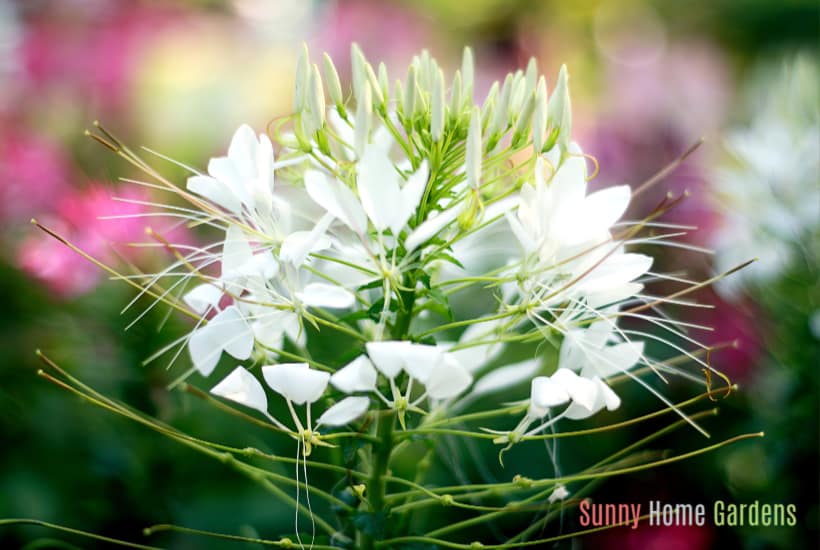
While many may not know what Cleome is, this gorgeous light purple, white, or pink flower can make your tomatoes more plentiful.
They make a great companion to the tomato plant as they attract many insects that are beneficial in your garden. Cleomes are very easy to grow and will flower month after month.
Cosmos
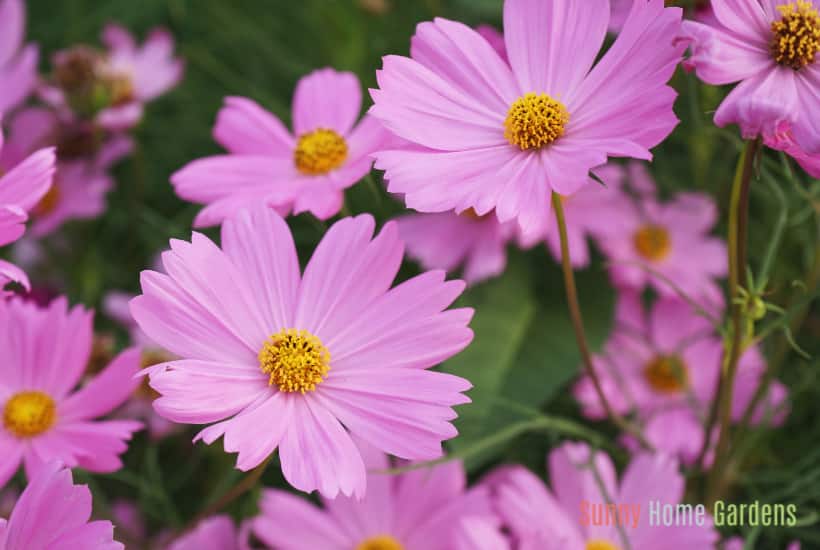
This striking flower makes a great companion for tomatoes as it draws in bees and other pollinators that tomato plants crave.
In fact, Cosmos are perfect for many vegetables in the garden, such as squash.
Cosmos do have a tendency to attract aphids, which also like tomatoes. However, you can use Cosmos like a decoy plant to attract the aphids there instead of on your tomato plant.
Cucumber

This tasty green vegetable is perfect for planting next to your beefsteaks, Big Boys, or any other tomato plant.
Both of these plants are a warm-season crop that needs a soil PH of 5.8 to 6.5.
They both require a consistent supply of water, making your garden easier to care for when they are placed side by side.
Garlic

You can use the buddy system on garlic and tomatoes when planting them side by side.
Garlic has been known to repel aphids which love to eat our tomato plants. Spider mites often become ravenous when they seek out a tomato plant, however, garlic has been known to deter them.
Lemon balm
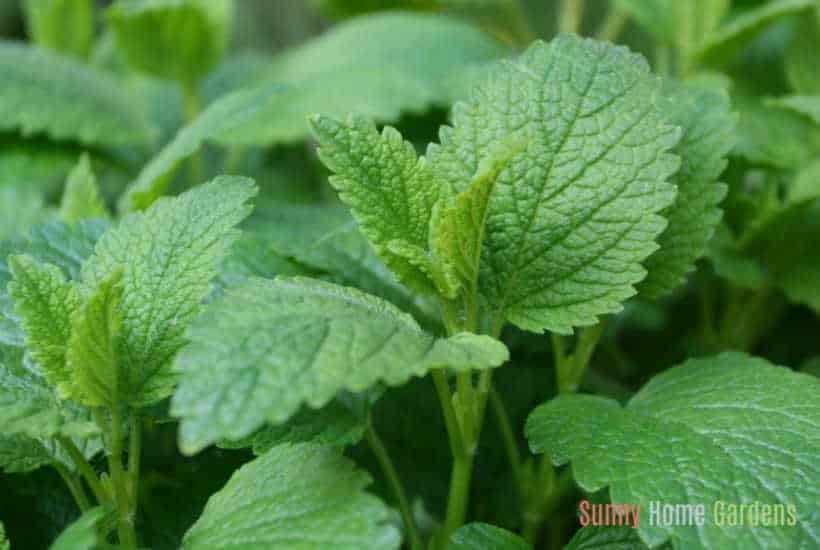
Feel free to let your tomato plants mingle a bit with lemon balm.
Lemon balm is a member of the mint family. It is well known for attracting bees to pollinate your garden.
This plant will improve the flavor of your beefsteaks, heirlooms, romas, and other tomatoes, as well as improve their growth rate.
Catnip

Catnip is not just a friend for your cats. This plant can be used alongside tomatoes in order to attract insects that are beneficial to your garden.
You can plant this member of the mint family in a pot next to your garden for your tomatoes to reap all the benefits.
Lettuce

Lettuce and tomatoes can be great friends in your garden.
Planting them together can ensure moisture remains around the roots of your tomato plants.
Lettuce can also help in reducing disease in your tomatoes as their leaves will be protected from soil or water that is splashed up when they are being watered.
Mint

Tomatoes and mint are often found coinciding in the garden together.
However, a word to the wise is to contain your mint in a container or it can overtake your space.
Mint has been found to repel aphids and spider mites that love your tomatoes just as much as you. It is a natural insecticide.
Just take caution not to get any on your tomato flowers or bees will not pollinate the area. The health of your tomatoes can greatly be increased, as can their flavor when the two are planted by each other.
This herb is wonderful to use in various dishes and should be considered by any gardener wanting the best tasting tomatoes.
Nasturtium

This low maintenance plant should be planted by your tomatoes to repeal fungal diseases.
Nasturtium, a beautiful red, yellow, and orange flower, will also repel beetles, squash bugs, aphids, and whiteflies.
Dill

Dill is a rich-tasting herb that can be used in many recipes.
It is a great companion when planted early on with tomatoes. It will enhance the flavor of the tomato, as well as improve its health.
Take caution to remove it once it has matured, as at this point it will stunt your tomato’s growth.
Onion

If you are looking to deter pests from your cocktail tomatoes, grape tomatoes, or any other variety, you should consider planting it with onion.
The pungent odor of the onion will easily repel these pesky varmints.
Parsley

Parsley pairs up well with tomatoes in the garden as it encourages the tomato plants to grow.
This classic herb makes friends easily with many vegetables in the garden because it attracts butterflies which will lay their eggs on the parsley.
Hoverflies also love parsley and are known to eat aphids, which can be disastrous to your tomato plants.
Stinging Nettle
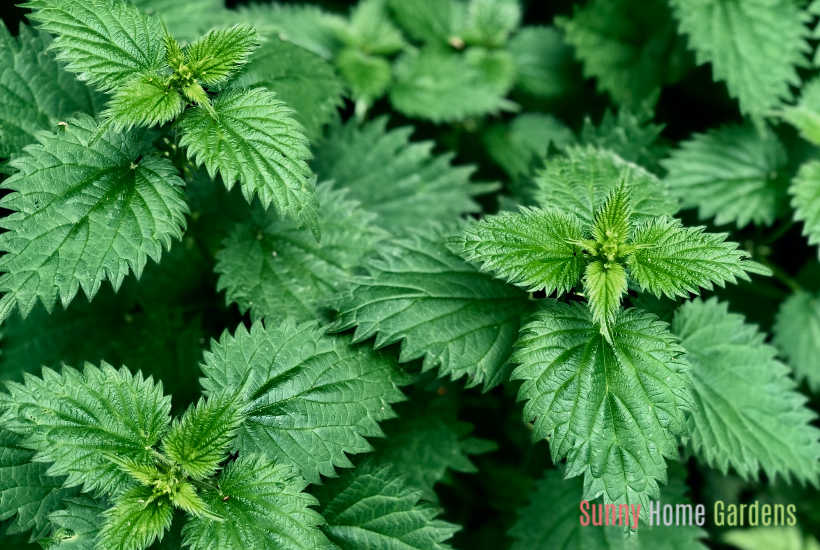
Tomatoes like to be pals with stinging nettle because it provides a natural fertilizer for them.
Many gardeners will produce a crop of stinging nettle to make a special brew for their tomato plants to ward off aphids
Conclusion
And there you have it. The best companion plants for tomatoes. With the planting season just around the corner, now is the time to layout your garden.
If in the past you have had trouble with aphids, consider planting your tomatoes with garlic or Cosmos.
If you want a natural fertilizer, consider planting stinging nettle by your plants.
Or if you are looking to attract pollinators, plant lemon balm or chive.
It doesn’t matter if you are planting heirlooms, grape or cherry tomatoes, romas, or beefsteaks, all tomato plants can benefit by having a buddy next to them.
By placing companion plants next to each other, you can make the most of your space while yielding the best crop you have ever produced.
With a bit of careful planning and some work in the garden, you can produce the biggest and best-tasting tomatoes you have ever encountered.
If you found this helpful, I’d love for you to “Pin It‘!
